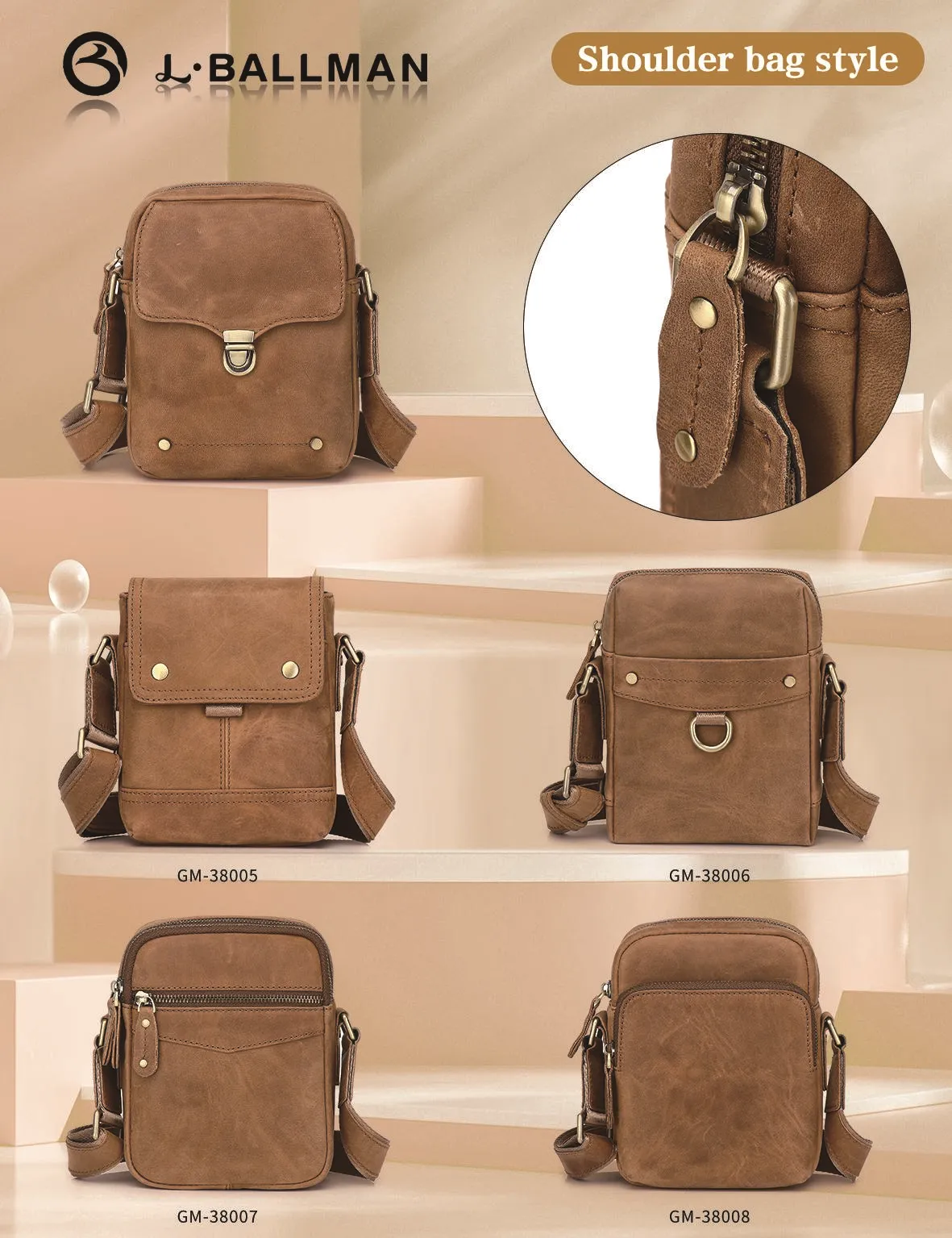Have you ever held a beautifully crafted leather bag and wondered about the intricate process behind its creation? Understanding how are leather bags made reveals a world where raw materials meet meticulous craftsmanship. This journey from hide to heirloom is a fascinating blend of art, science, and industrial precision, often taking place within a specialized Leather OEM (Original Equipment Manufacturer) factory. For anyone curious about true craftsmanship or considering custom leather bag production, knowing the steps involved provides deep appreciation for the quality and effort invested in every piece. This article will guide you through every critical stage, demonstrating the detailed work that answers the core question: how are leather bags made to achieve such durability and beauty?
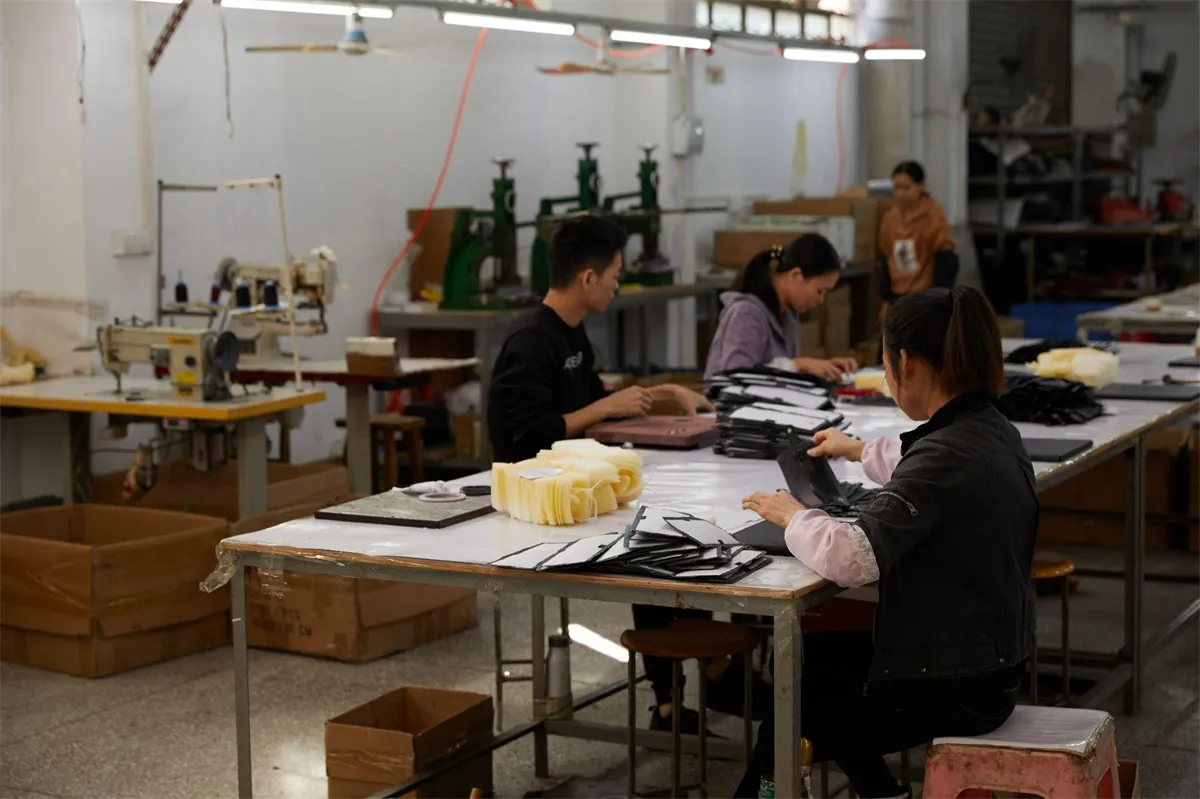
The entire process of how leather bags are manufactured begins not with leather, but with an idea. The design phase is the foundational blueprint for everything that follows. Designers create detailed technical sketches, defining the bag's dimensions, functionality, and aesthetic appeal. This phase is especially crucial for custom leather bag production, where client specifications must be translated into a feasible and manufacturable design. Once the design is approved, pattern makers deconstruct the 3D model into 2D flat patterns. These patterns are the templates for every single component—the front, back, gussets, pockets, and handles. Their precision is non-negotiable, as they dictate material yield and ensure all parts fit together perfectly during assembly. This meticulous planning is the first silent step in ensuring superior leather bag quality assurance, preventing issues before a single hide is touched.
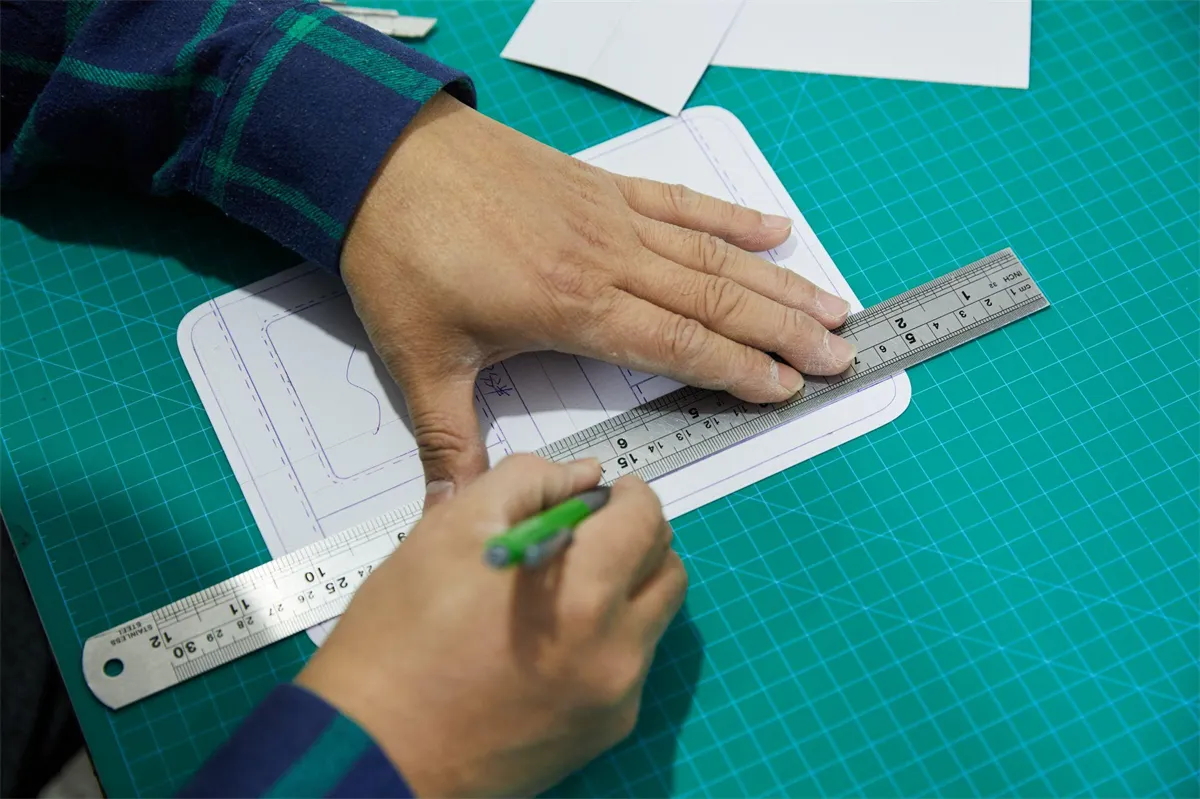
The quality of the final product is inherently tied to the quality of the raw material. This stage is a masterclass in discernment. Experts meticulously inspect every incoming hide, grading them based on grain consistency, texture, and natural markings. This rigorous inspection is the first active checkpoint in the factory's leather bag quality assurance protocol. Superior sections are earmarked for prominent panels, while areas with more character are used for less visible parts. The approved hides then move to cutting. Using the precise patterns, craftsmen expertly position them on the hide to minimize waste—a practice known as "nesting." In modern facilities, this is done with computer-controlled cutting machines for absolute accuracy, while traditional artisans might use a sharp knife by hand. This step is fundamental in how are leather bags made to be durable and beautiful, as precise cutting ensures structural integrity and aesthetic consistency across all components.
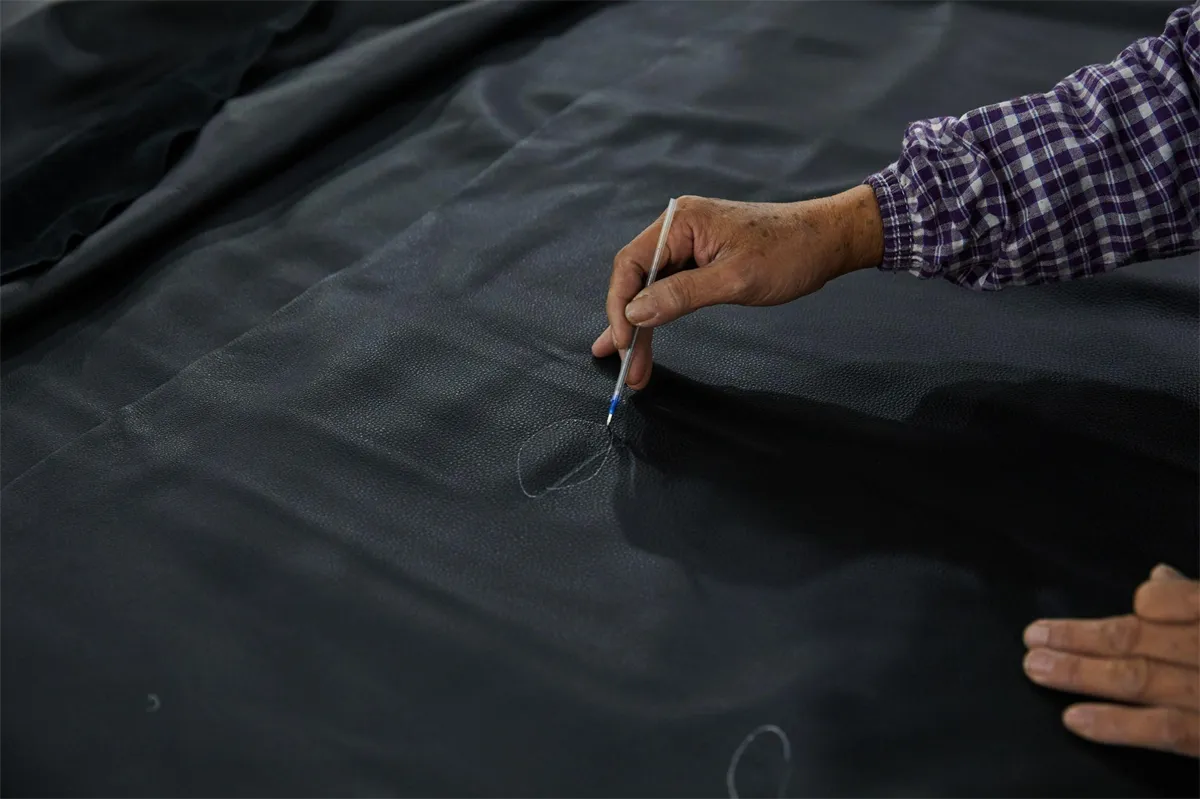
What separates a good bag from a great one is often found in the details unseen. This phase is dedicated to refinement. Skiving is the process of skillfully shaving down the edges of the leather pieces to a fine bevel. This reduces bulk, ensuring that seams lay flat and smooth when multiple layers are stitched together. It’s a delicate operation that requires a skilled hand to avoid weakening the material. Following skiving, the raw, exposed edges undergo edge painting. A specialized dye, matched perfectly to the leather's color, is applied meticulously. Each coated edge is then polished and sealed with a hot blade, which melts the dye into the leather fibers, creating a smooth, glossy, and durable finish. This attention to detail is a critical aspect of leather bag quality assurance, preventing future fraying and adding a mark of luxury that is felt as much as it is seen.
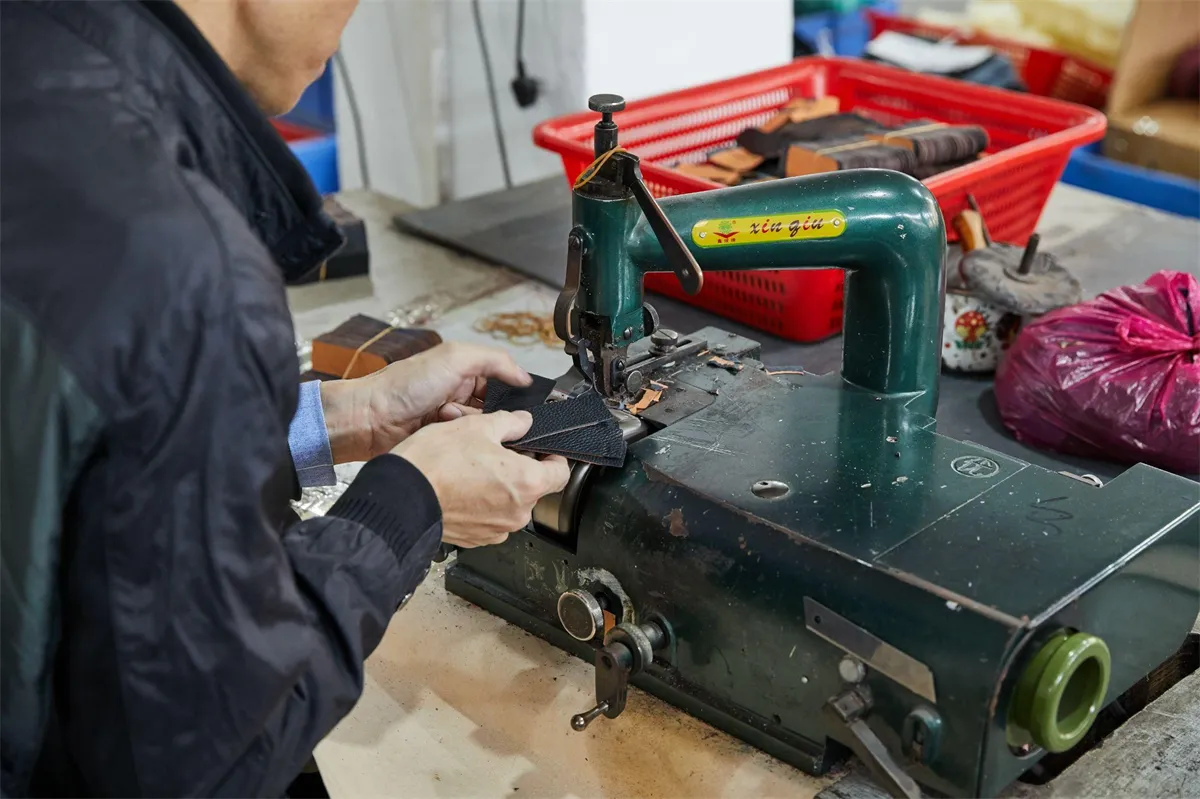
This is where the bag truly takes shape. The assembly process is a symphony of coordination. Sub-assemblies, like attaching pockets to linings or setting rivets for straps, are completed first. Then, the main construction begins. The method of stitching is a key decision point. For high-stress areas like handles and straps, many manufacturers use the renowned saddle stitch, a strong technique where two needles and one thread create a lock stitch that won’t unravel if cut. For other seams, heavy-duty industrial sewing machines are employed, with settings meticulously calibrated for thread thickness and stitches-per-inch (SPI). This is a core part of how are leather bags made to last for decades. Throughout assembly, hardware like zippers, magnets, and buckles are installed. The assembler’s skill is paramount here, guiding thick layers of leather under the needle with consistent precision to create clean, strong, and straight seams.
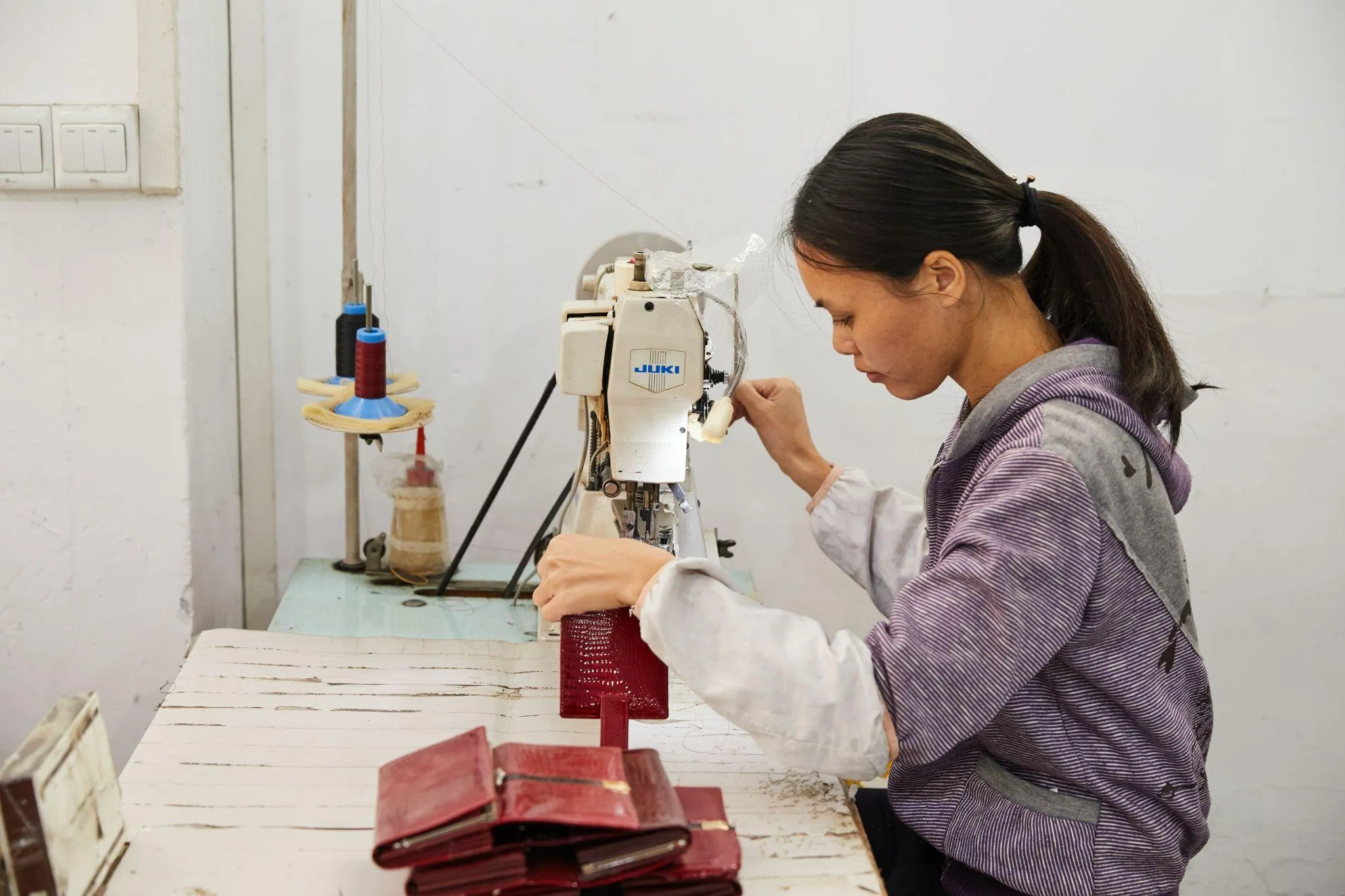
The nearly complete bag now enters the finishing department. Any protective films are removed from hardware, revealing the gleaming metal beneath. The entire bag is thoroughly brushed and cleaned to remove any dust or residue accumulated during production. It may also be treated with conditioners or protective sprays to enhance its luster and resistance. Then, it undergoes the most rigorous phase of leather bag quality assurance. Each bag is subjected to a multi-point inspection by dedicated quality control experts. They scrutinize every stitch, check every edge finish, test every zipper and clasp repeatedly, and examine the leather for any superficial flaws. The bag’s dimensions and symmetry are verified against the original design specs. This exhaustive process ensures that every product, whether for a large batch order or a unique run of custom leather bag production, is flawless before it leaves the factory. It is the final, essential step that upholds the brand's promise of quality.
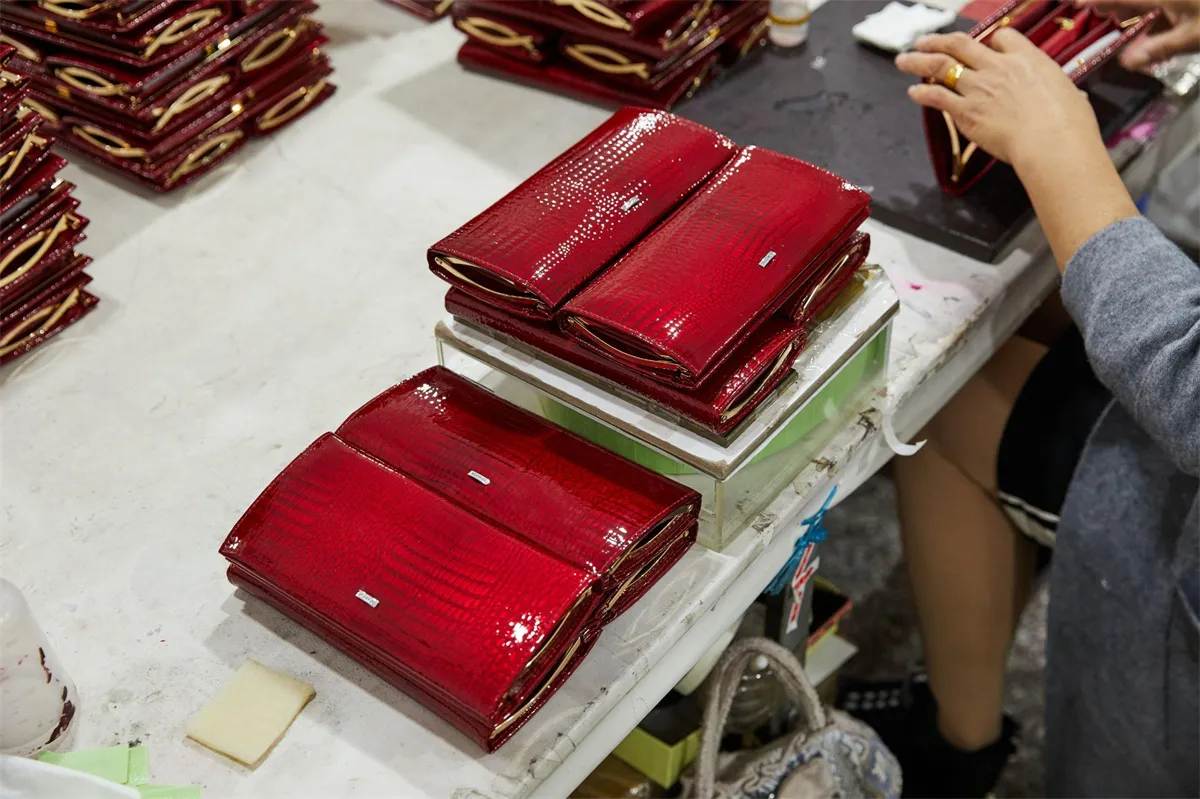
The entire process of how are leather bags made is a remarkable journey from a raw natural material to a refined and functional accessory. It is a testament to human skill, precision engineering, and an unwavering commitment to quality. Each stage, from design to final inspection, is interlinked to create a product built to endure. This deep understanding allows us to appreciate not just the beauty of the bag, but the immense craftsmanship behind it. For those investing in a new piece or embarking on a custom leather bag production project, this knowledge highlights the value inherent in a well-made bag—a companion for life that ages with grace and tells a story of expert creation.
